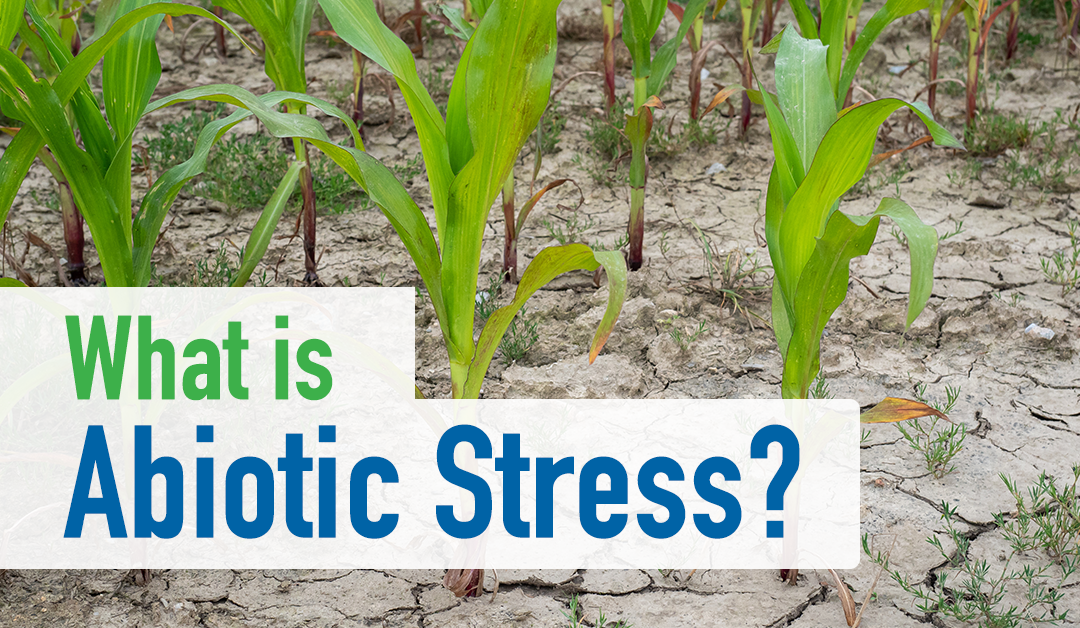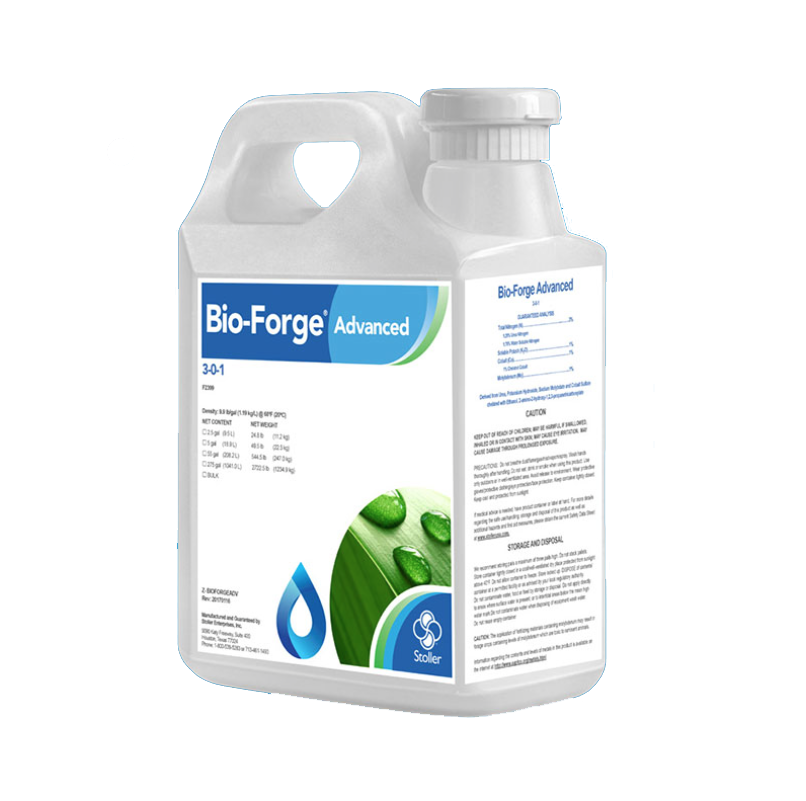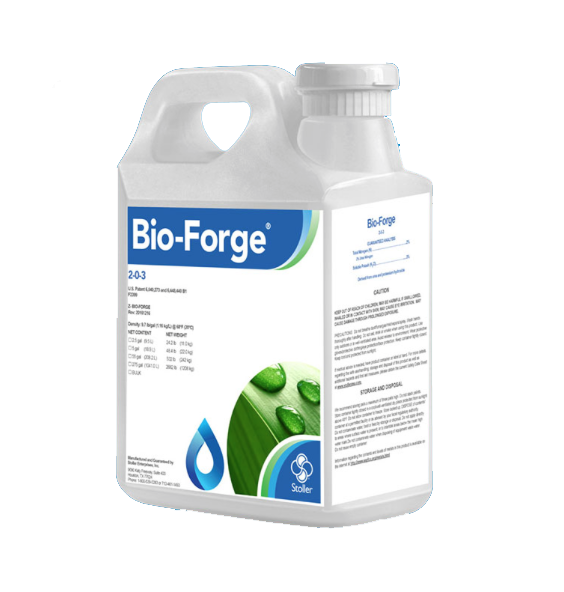Every seasoned producer knows there are a small number of factors in crop production that can be controlled, and a seemingly endless number of factors that cannot. Seed selection, timing of application, rate applied are all controllable decisions on the farm. However, every year it seems to be the uncontrollable factors like the June hail storm, or endless September rain, that didn’t come in May, that eat away yield, and ultimately ROI. Every producer understands the importance of good seed and genetics, good fertility, and good control of weeds, disease and insects. These are the things you can see and control!However, after all of these areas have been addressed, why do crop yield and quality often turn out to be unsatisfactory? How can we begin to mitigate the uncontrollable factors, that steal yield out of our fields every year.
Abiotic stress is a major yield limiting factor that we as producers can not control. Every producer worldwide has to deal with abiotic stress almost every season on almost every acre, so the question must be asked, “If abiotic stress is something we can’t control and is a huge yield limiting factor, is there a better way to minimize it’s effects on our crops?” The short answer is “Yes” but first we must understand what abiotic stress is and what it does to our crops.

What is abiotic stress?
What happens inside the plant during abiotic stress?
Abiotic stress can lead to factors that cause physical damage such as (hail, wind, & drought) but what is affect is that having inside the plant? Abiotic stress conditions result in an imbalance between growth hormones (auxin, cytokinin and gibberellic acid) and an increased level of stress hormones (ethylene and abscisic acid). This increase in stress hormone concentration shifts the movement of sugars predominantly to the upper part of the plant causing uncontrolled vegetative growth. Excessive vegetative growth leads to weaker root system, leaving the plant suspectable to lodging or stem crack. Stress events later in the season divert sugars to keeping the plant alive, instead of filling grains or fruits, invariably reducing yield.
Why use Stoller products to combat abiotic stress?
Stoller has been a world leader for over 40 years, using the philosophy of stress reduction to increase plant performance. Stoller patented technology is specifically designed to work with the plants naturally produced growth hormones, to aid in reducing the stress within the plant. This patented technology is essential for consistent and reliable crop responses under a wide range of unpredictable and variable conditions. Stoller products are proven to help maintain the appropriate hormone balance throughout the growing season to make plants more resistant to stress, thereby reaching their full genetic potential in terms of yield and quality. Biotechnology and breeding provide the genetic potential, Stoller products help to realize it.
Now producers can manage the things they can’t see (inside the plant) and haven’t been able to control (Mother Nature) for increased crop yield and quality.
Bio-Forge® Advanced & Bio-Forge®



